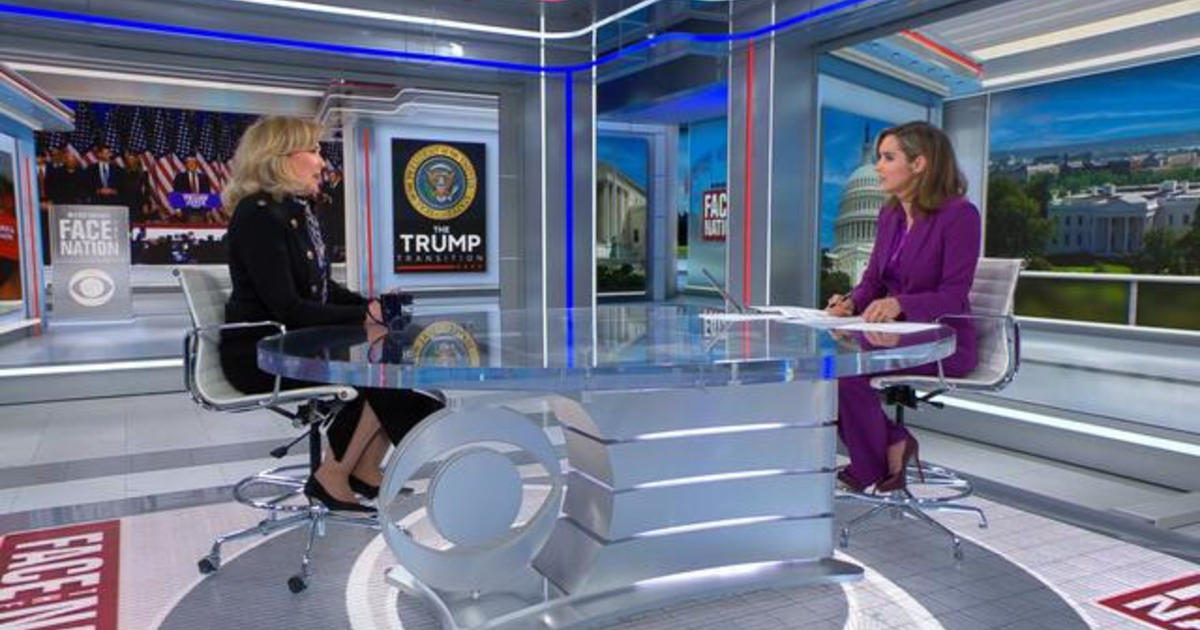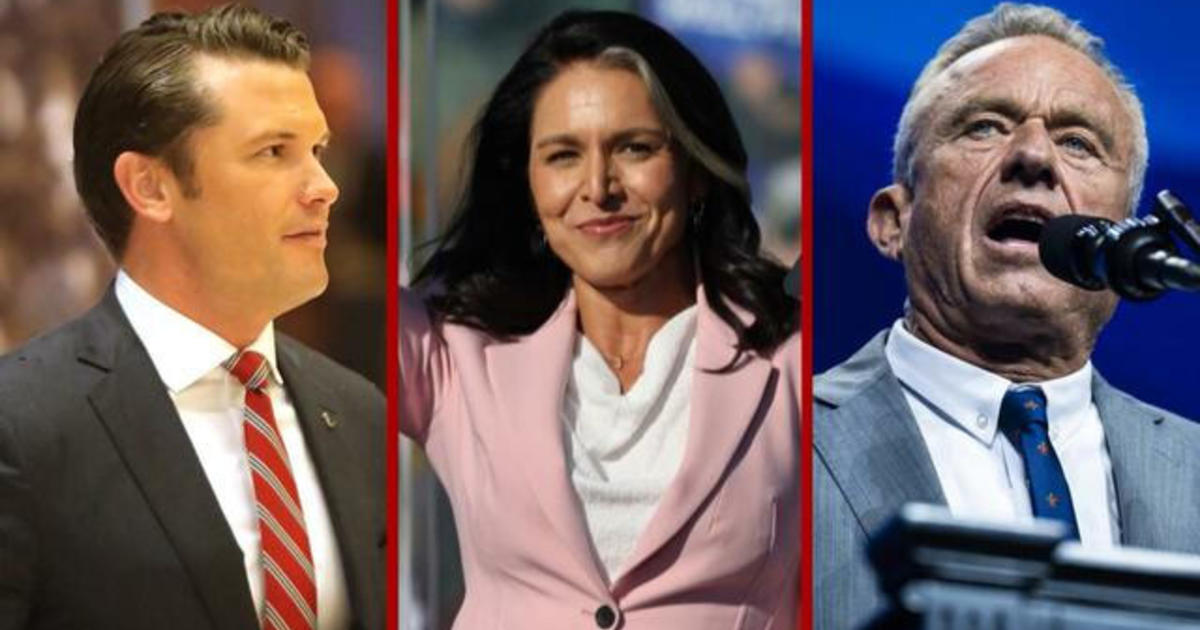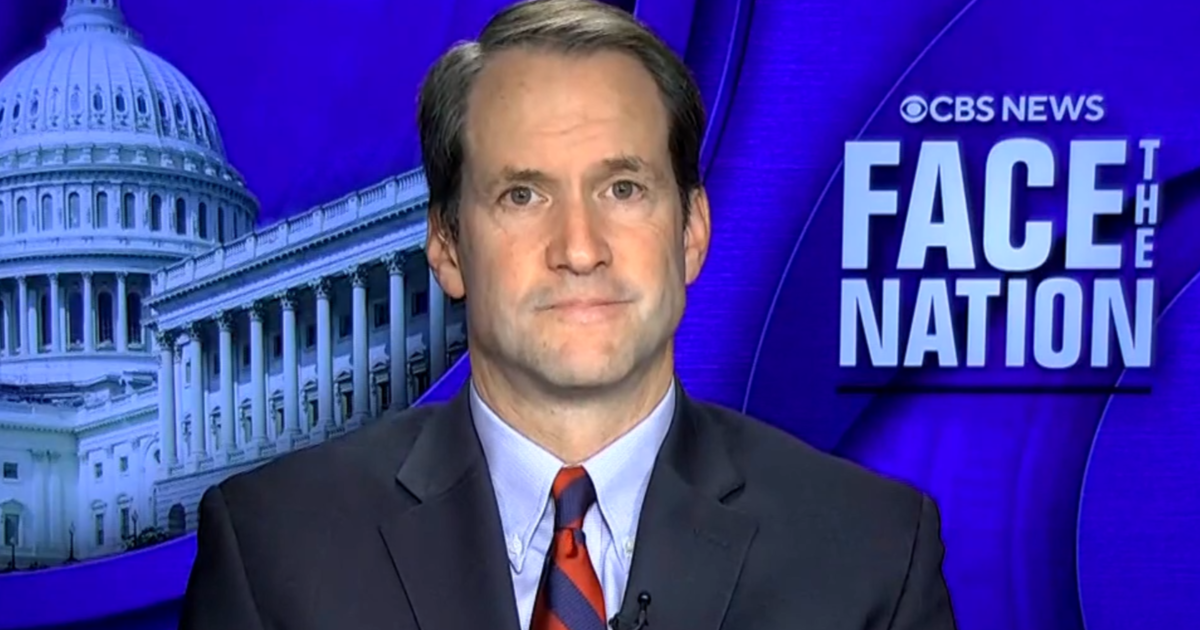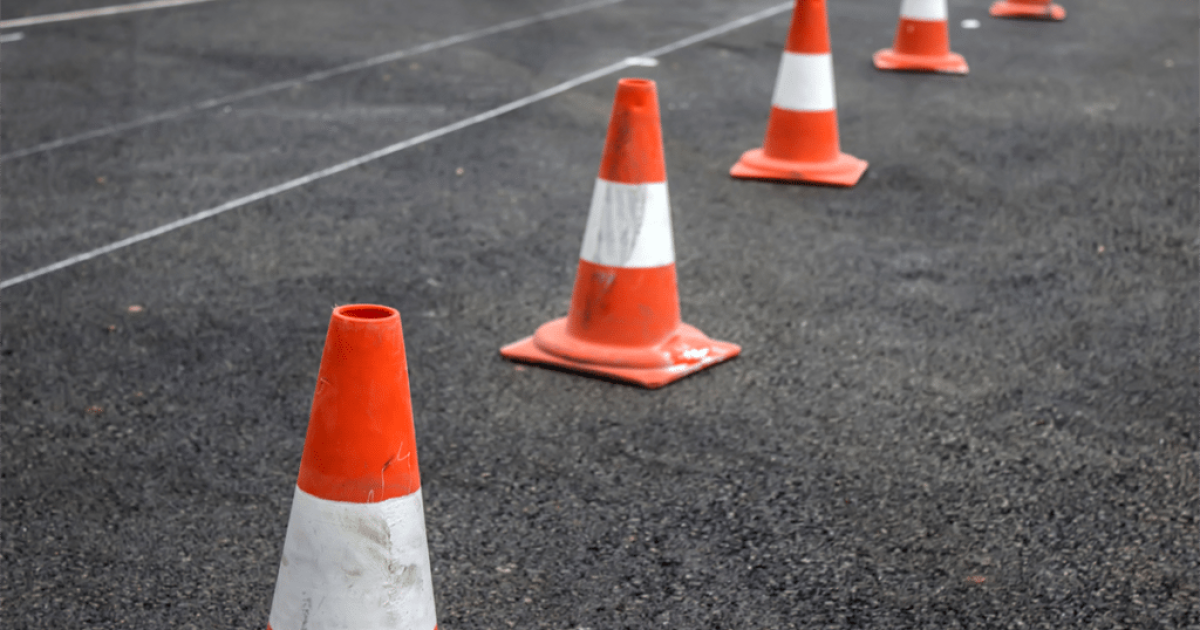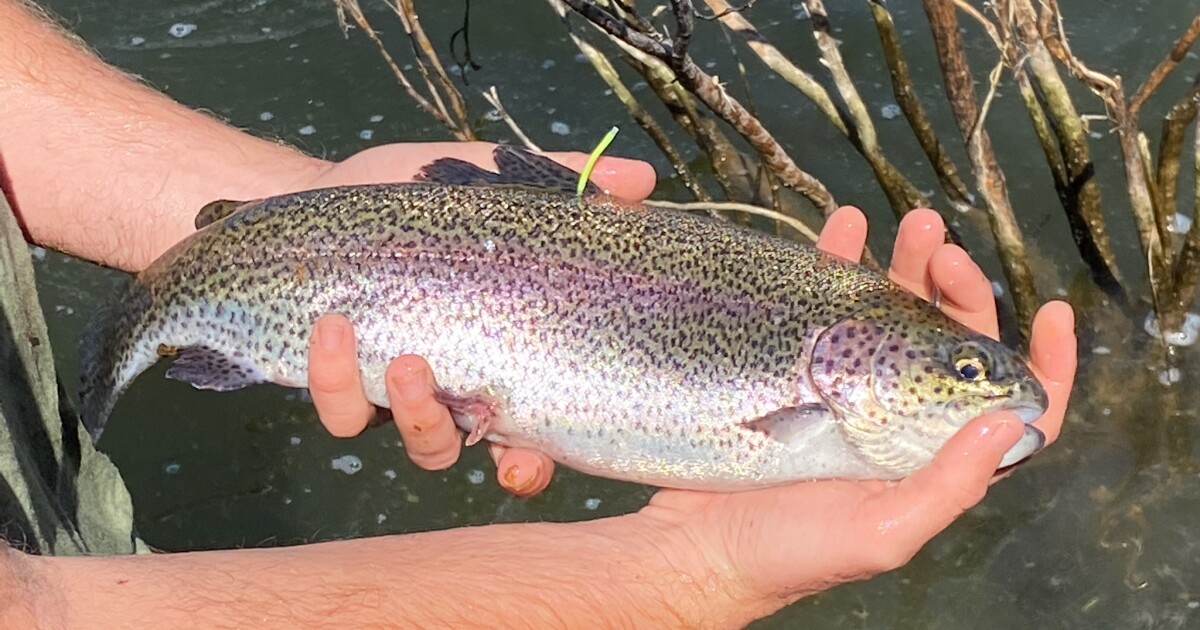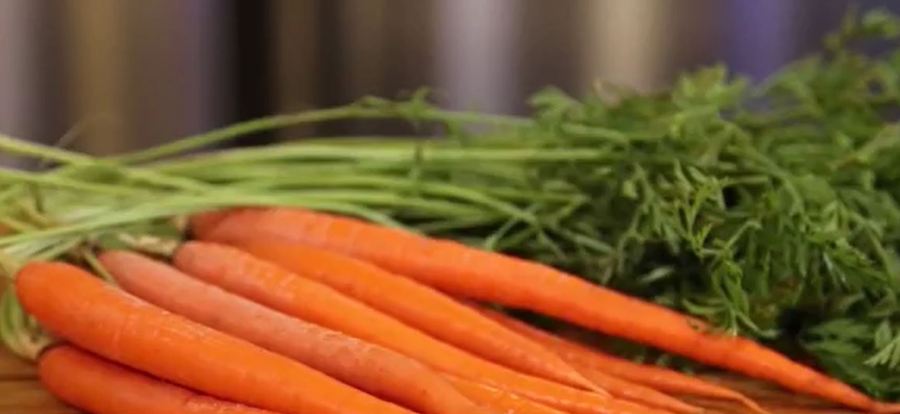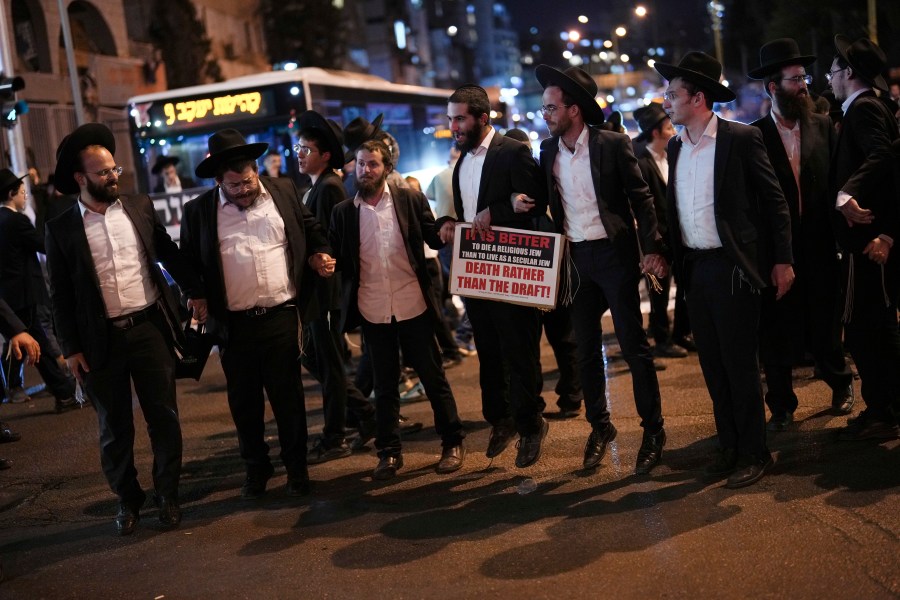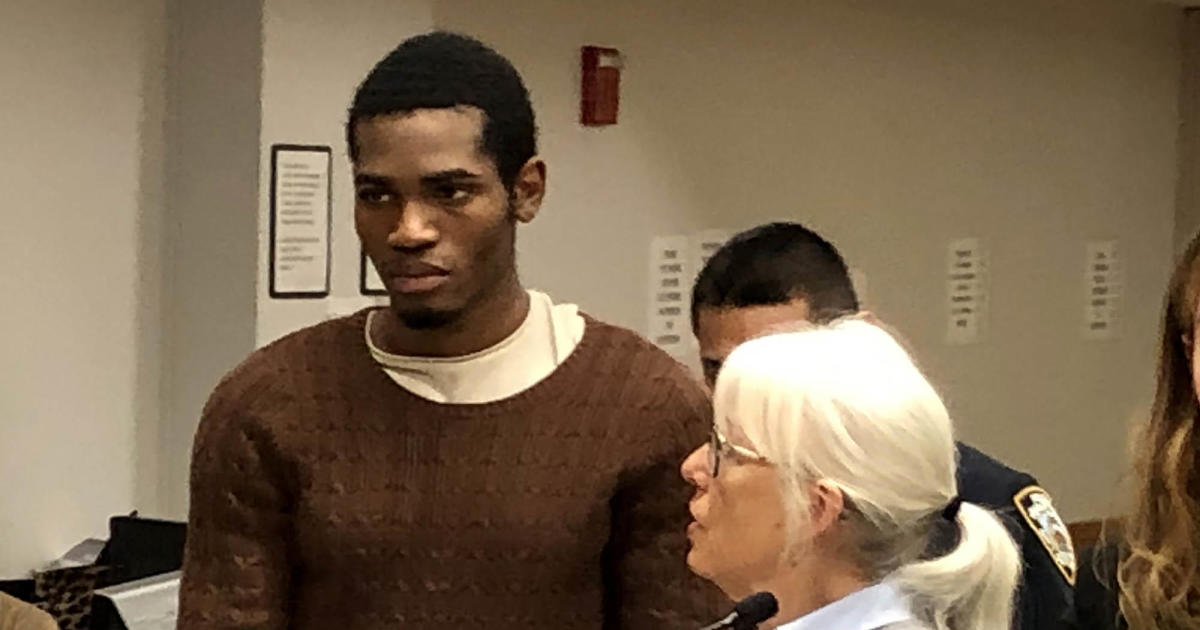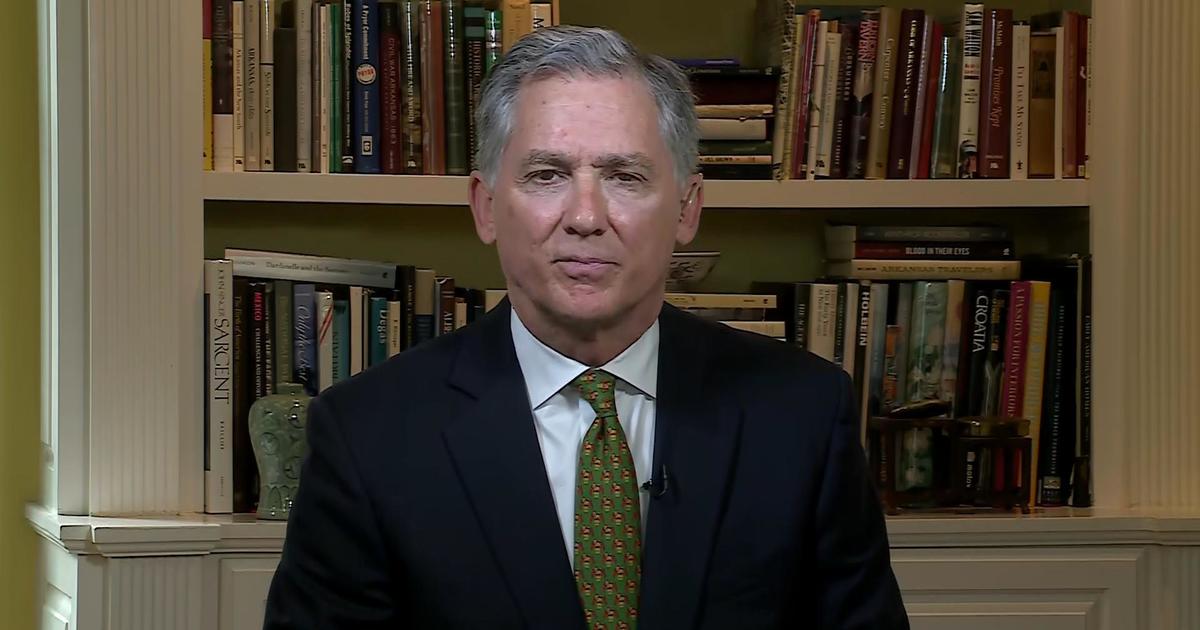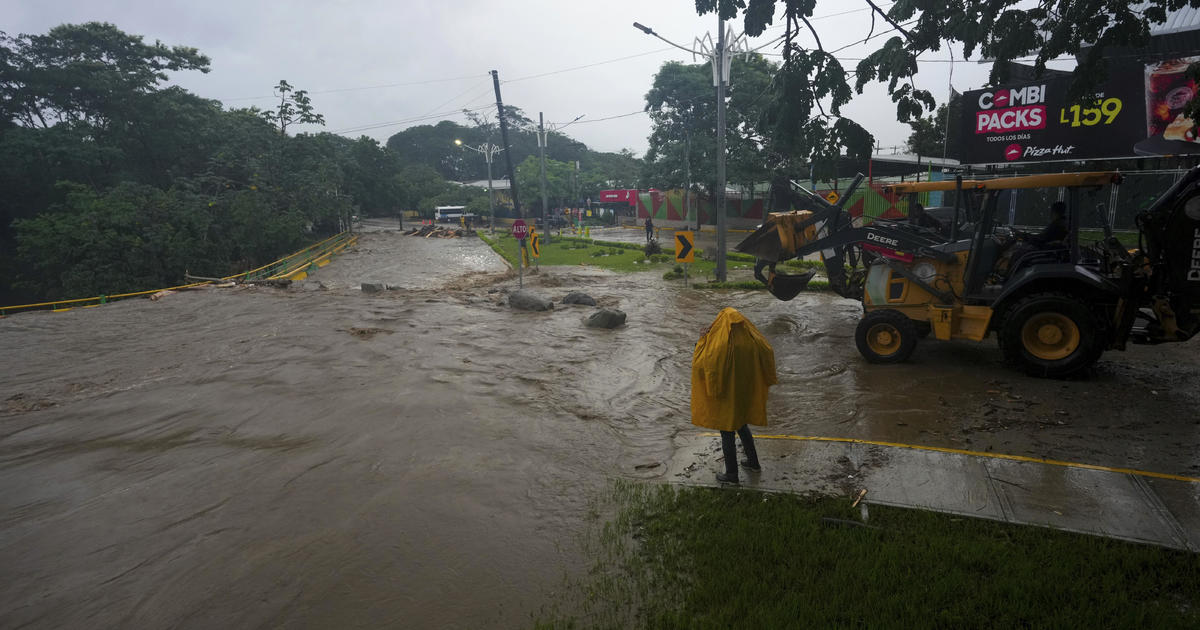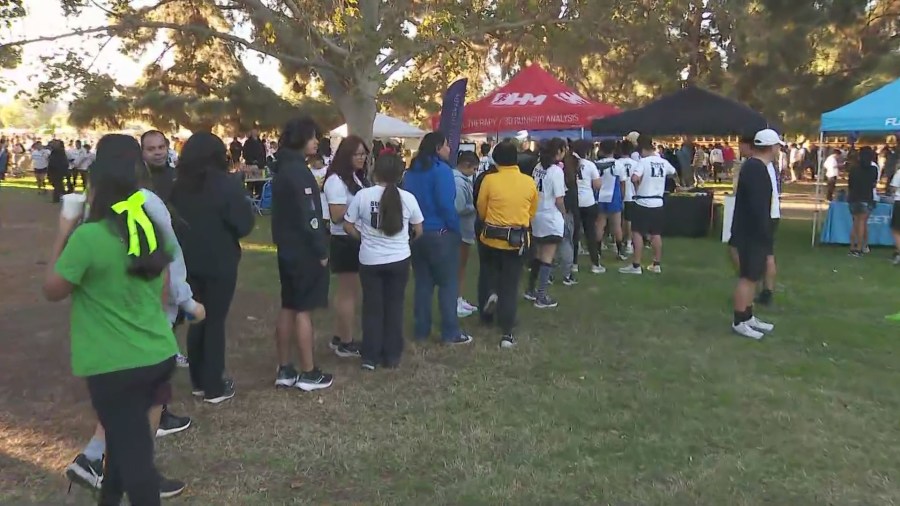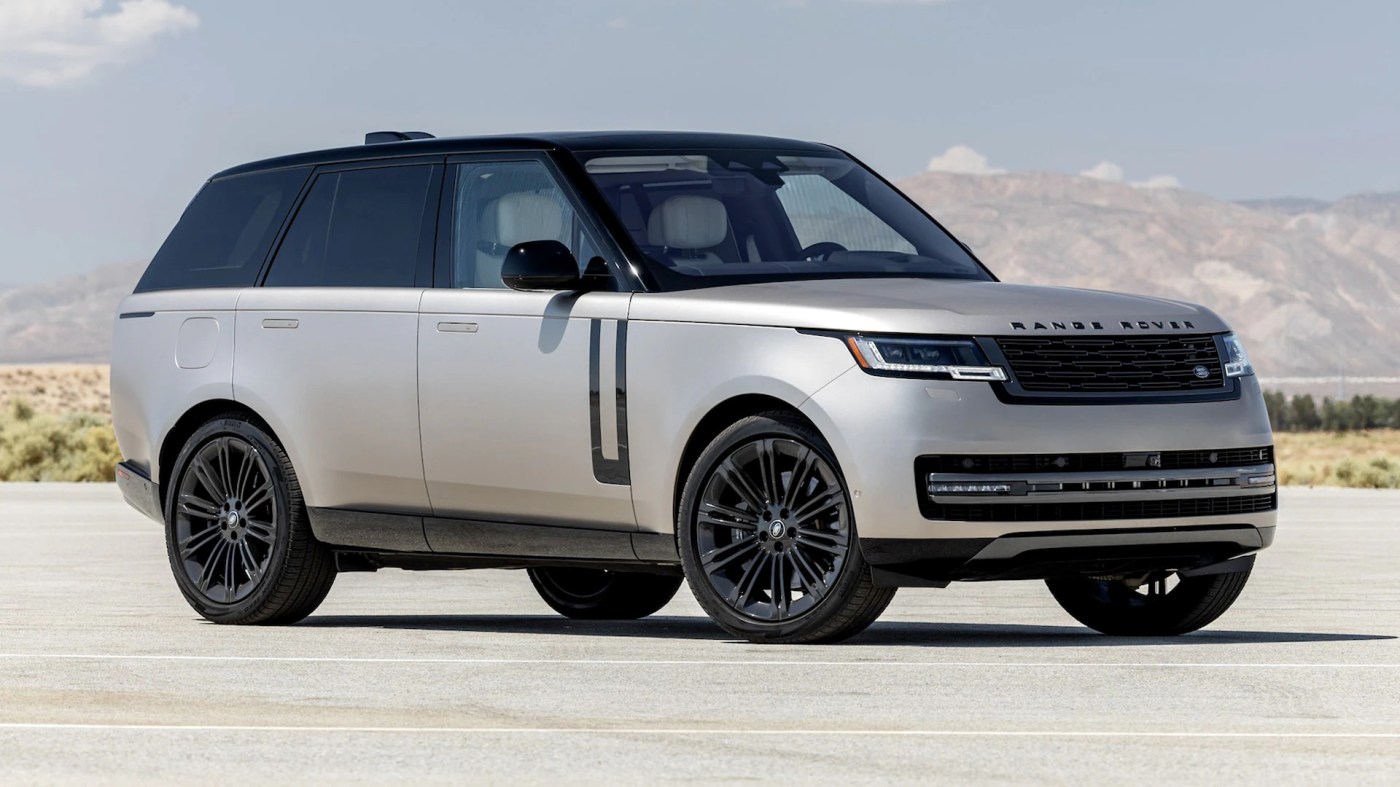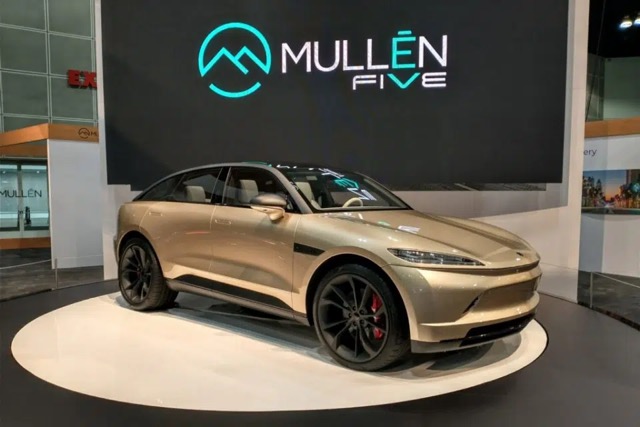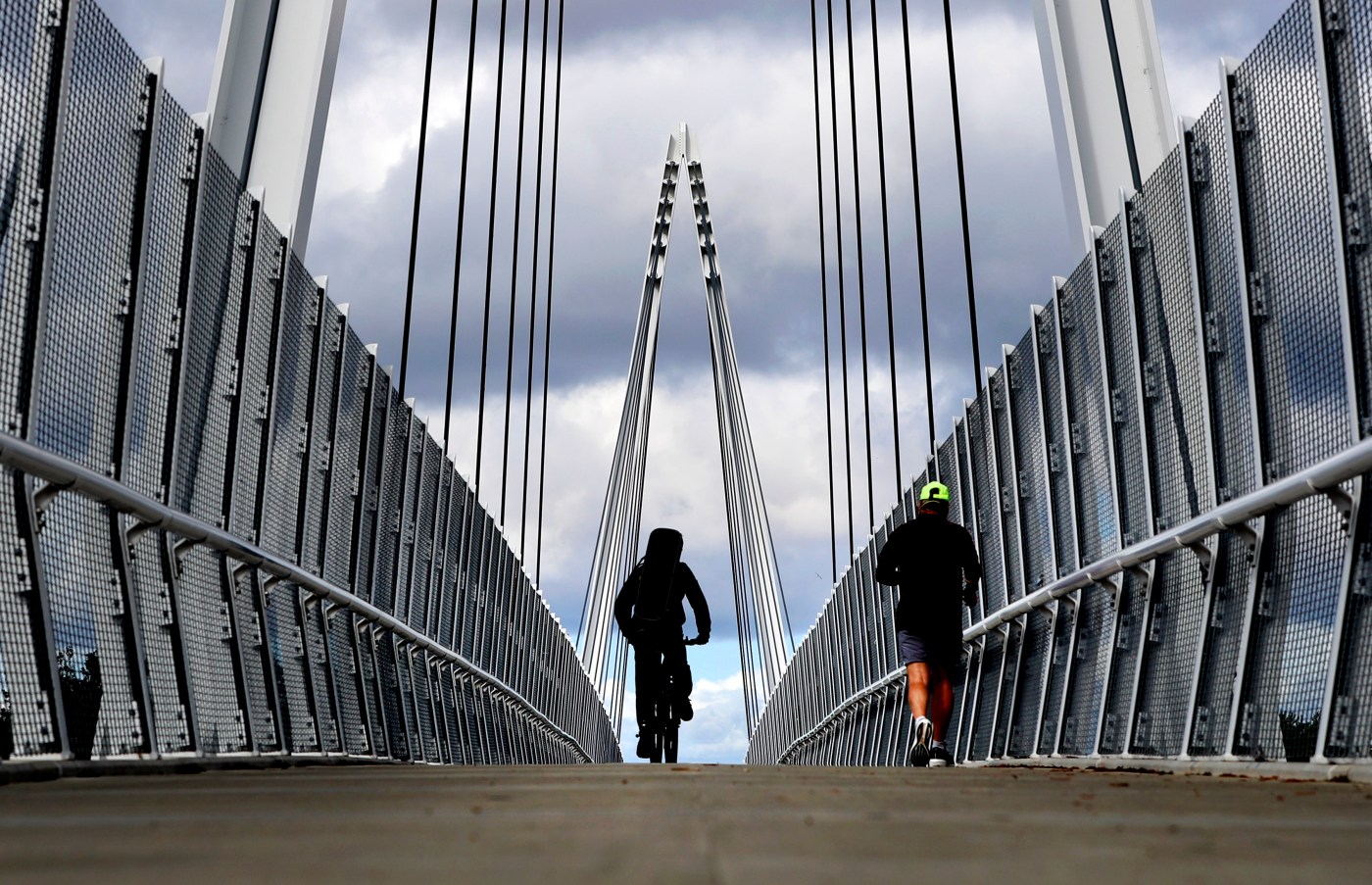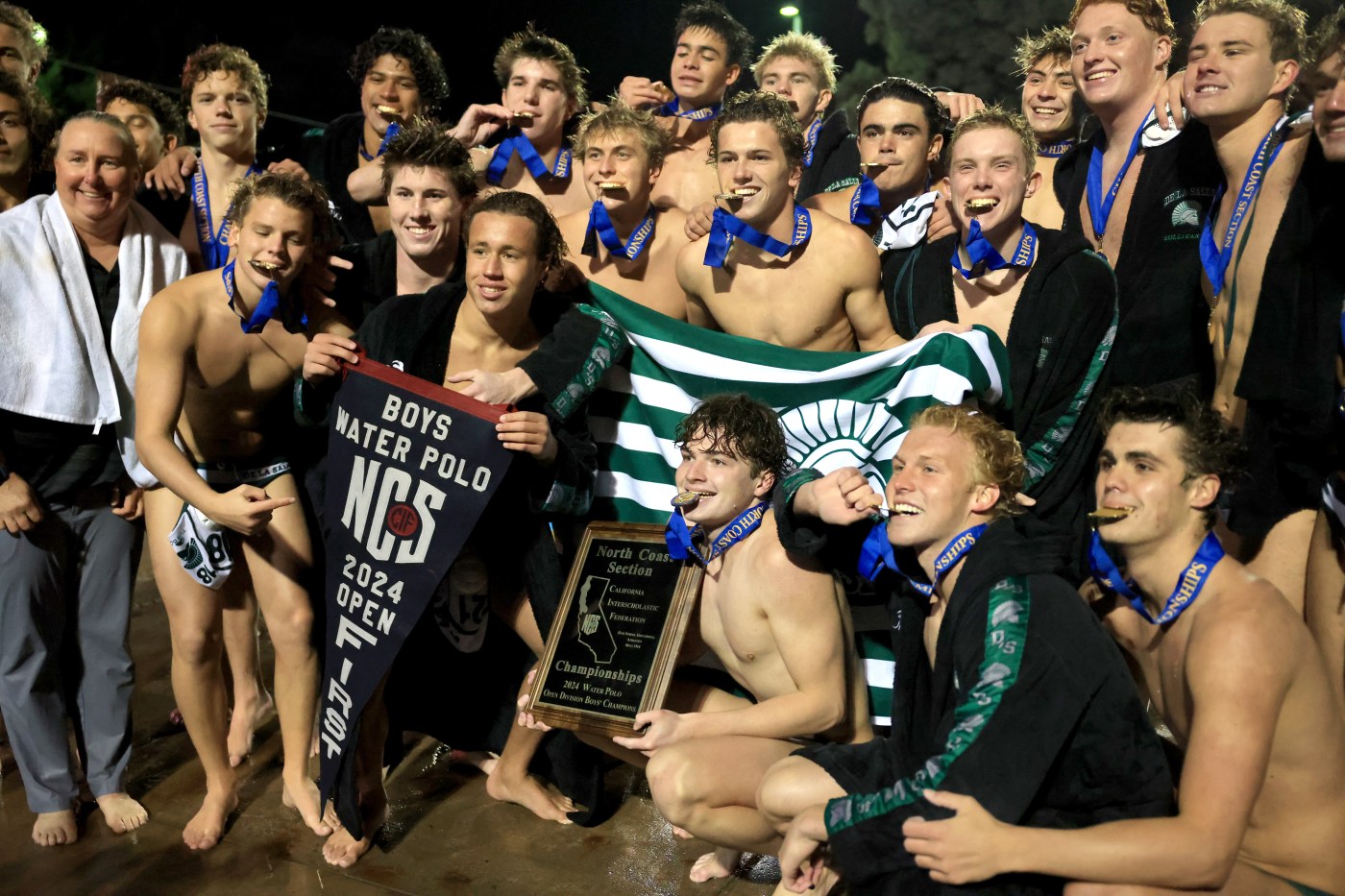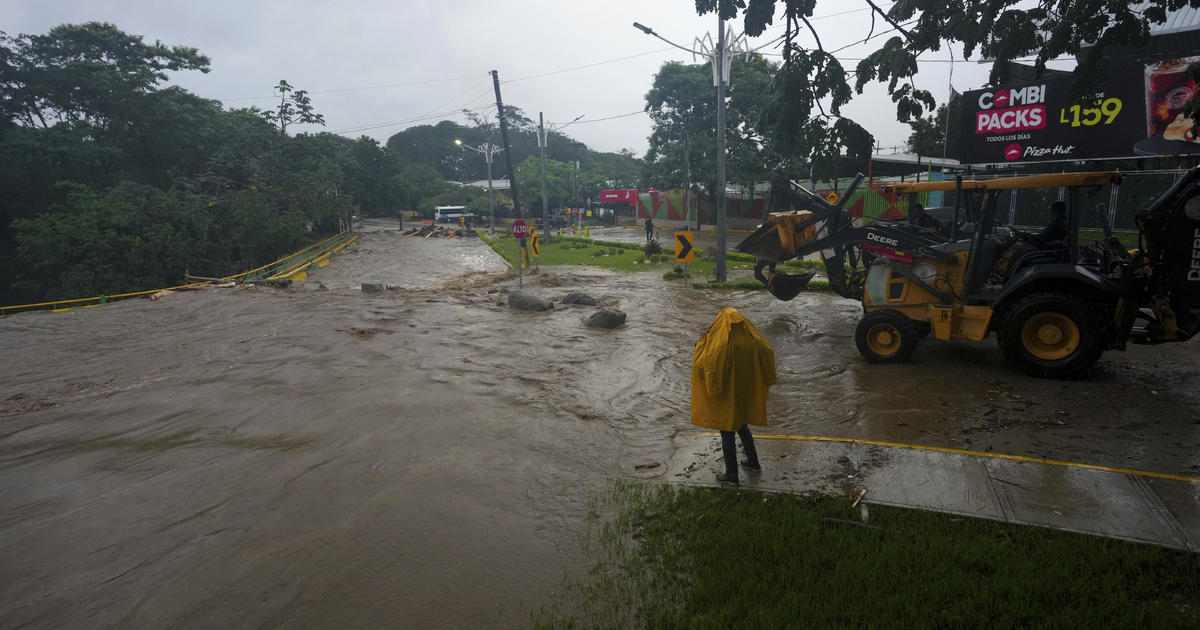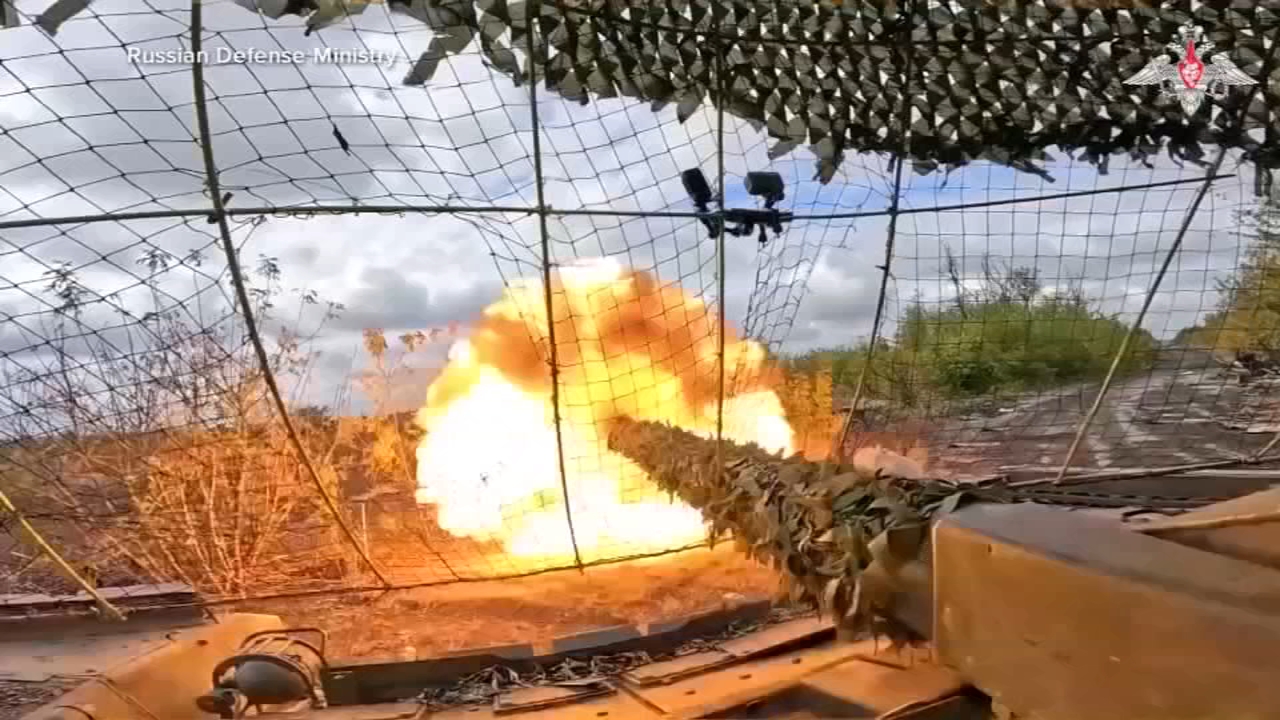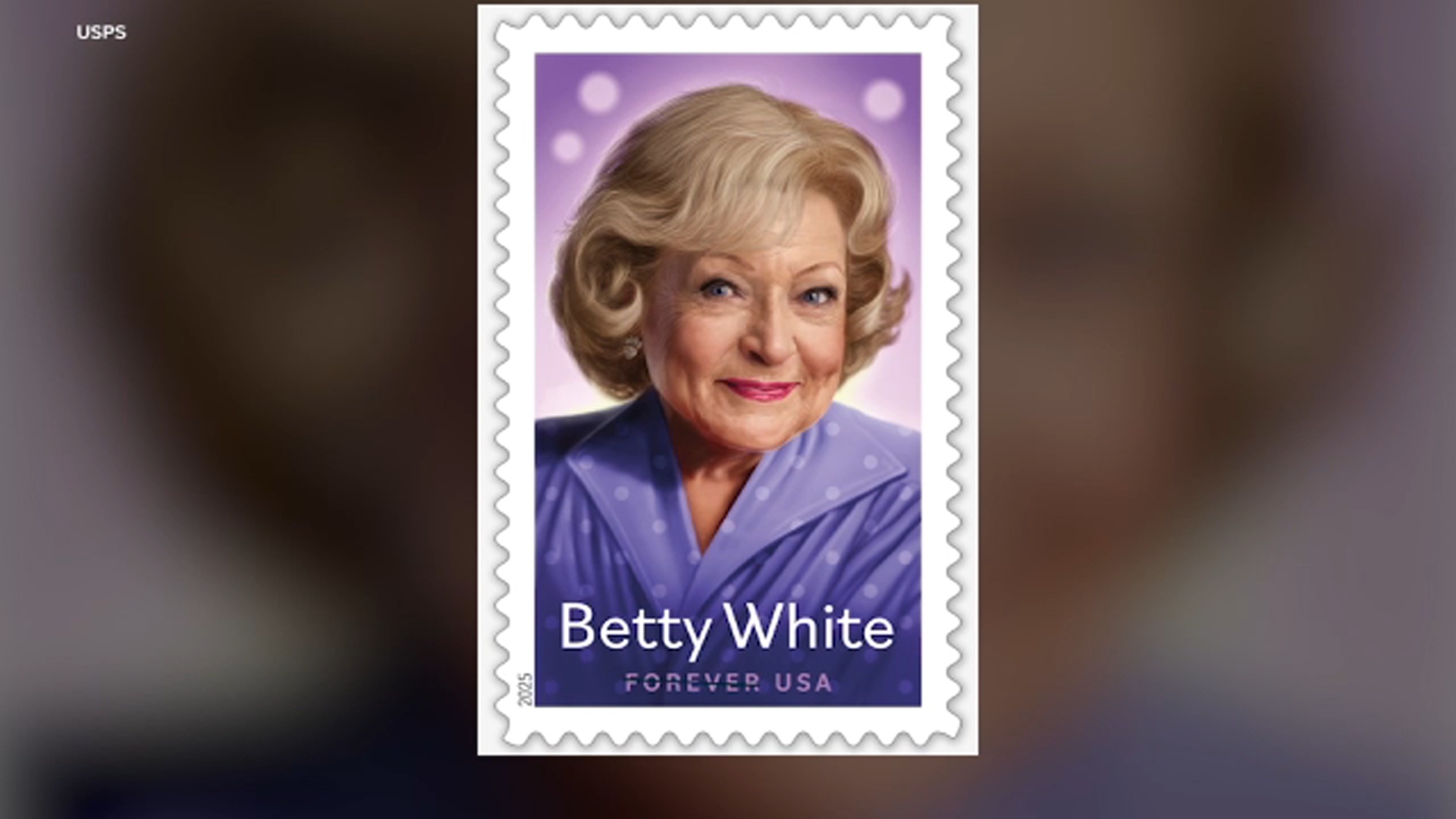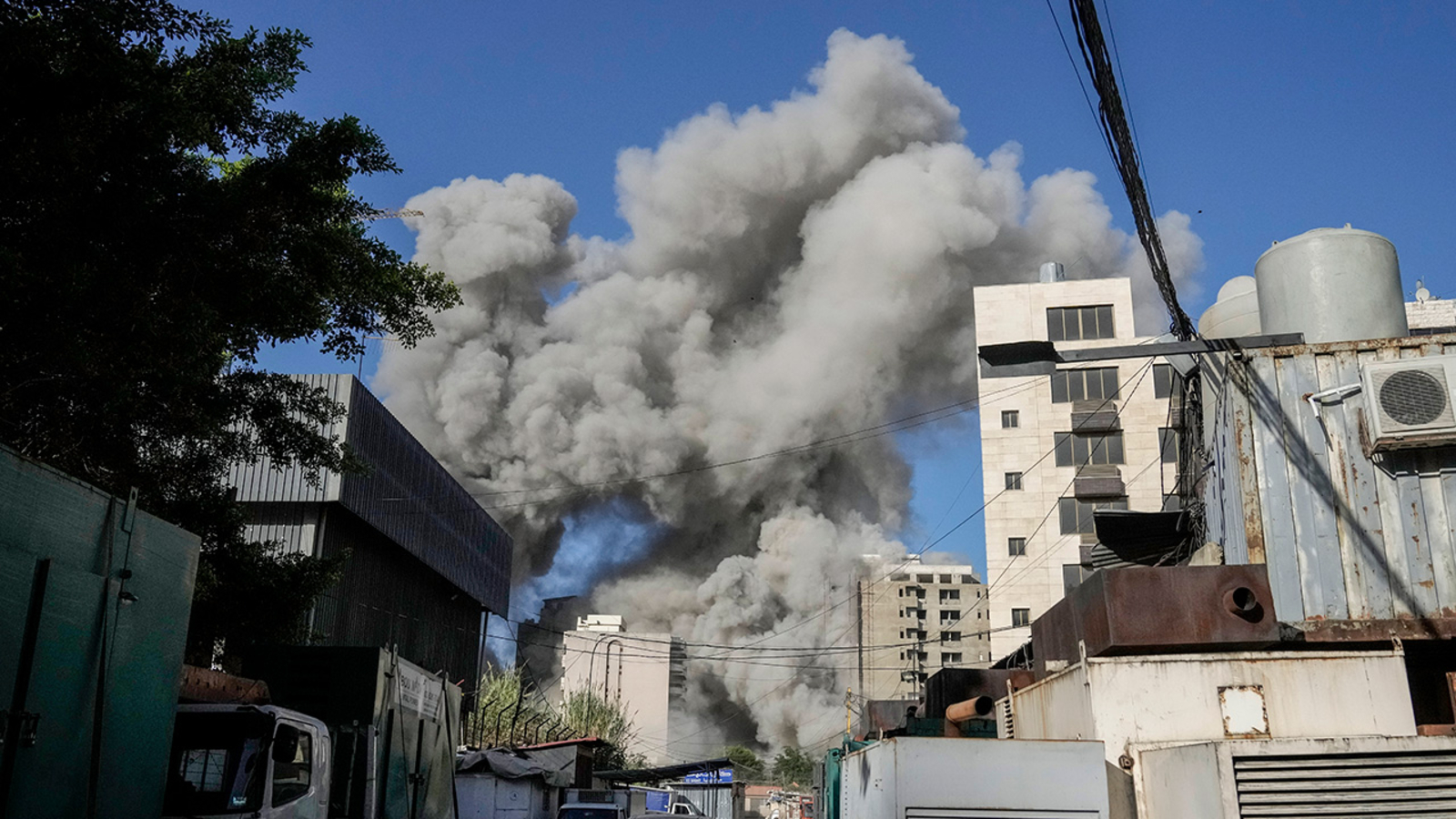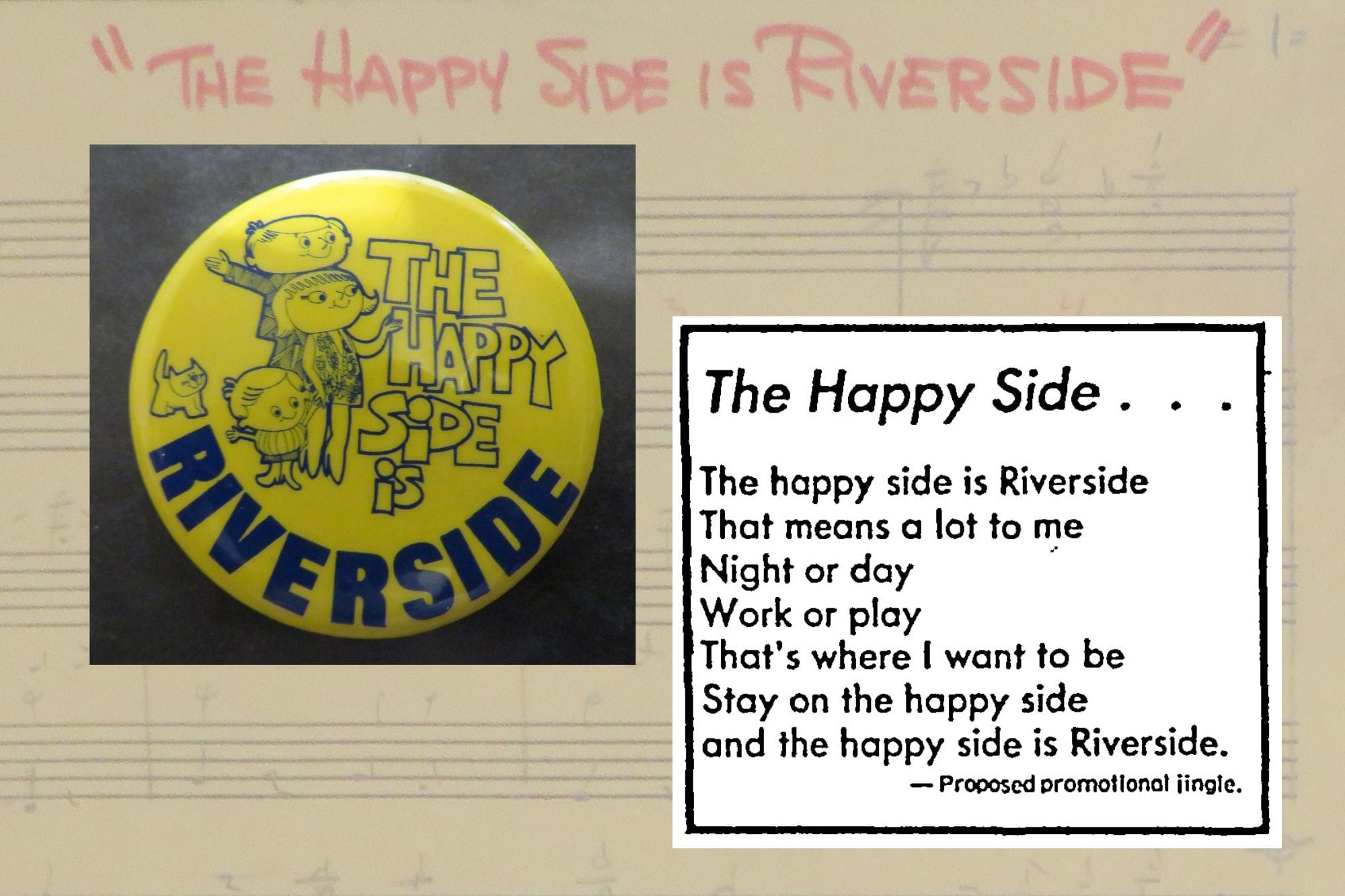Remembering “The Happy Side Is Riverside”Campaign

While Disney’s slogan is “The Happiest Place on Earth,” Riverside had a similar slogan for a short time fifty years ago: “The Happy Side Is Riverside.”
The Riverside Chambers of Commerce (Arlington, La Sierra, and Riverside Chambers) presented a proposal in May 1974 to the city council for funding for an advertising campaign to present the city in a positive light with the “Happy Side” slogan. The campaign was developed by the Riverside firm of Hogan and Vecchio and used radio jingles, billboards, magazine and newspaper ads, buttons, decals, and other media. The purpose was to attract visitors to the city and inspire civic pride among the citizens. The Chamber wished to present Riverside from a favorable, positive, and HAPPY viewpoint.
The radio messages promoted local attractions such as the Mission Inn, Mount Rubidoux, Victoria Avenue, the University of California—Riverside, the Auto Center, and the Riverside International Raceway. All except the Raceway are still major Riverside draws fifty years later.
The musical Jungle was produced by Jack Fascinato of Palm Springs. Among Fascinato’s works was musical director on Burr Tillstrom’s Kukla, Fran, and Ollie; musical director for Tennessee Ernie Ford, including arranging the music for “Sixteen Tons” and other songs; scoring several songs for Sesame Street and many commercials. He also wrote campaign songs for both John F. Kennedy and Barry Goldwater.
The Jingle was a simple seven-line song that, in a cute and lighthearted way, portrayed how Riversiders felt happy about their city, whether day or night, work or play.
By September, billboards appeared throughout the Southland. Some of the locations included are on Highway 395, south of Sun City. One appeared near Castaic on I-5 north of Los Angeles. Another was seen on I-10 east of Banning, and another was still on I-15 near Victorville.
The campaign was financed with $87,000 allocated by the city council. This amounted to about 58 cents per person, as the population in 1974 was about 150,000.
Art Pick, vice president for the Chamber, stated, “We want to instill pride in the citizens of Riverside for the other thing we want to accomplish. You’ve got to feel good about your community before you sell it to somebody else. The whole philosophy is that citizens here can accomplish a lot more with a better attitude.”
The music for the jingle was scored and given to local high school bands to be played at parades and other events.

Although the campaign, for the most part, was positively received and promoted, there were distractors. Among those was Riverside resident Edward Babcock, who wrote:
It is my opinion that a city that advertises its virtues and promotes its assets through a campaign to encourage new industry, more people, and endless development will eventually ruin those very things that make Riverside a nice place to live. In the past 25 years, Riverside has evolved from a unique citrus community into just another colorless finger on the long arm of Southern California’s faceless urban sprawl.
Another criticism was that the campaign portrayed a “lily white” family and did not depict the ethnic diversity of Riverside.
In the end, the campaign only lasted about a year. For the 1975-76 fiscal year, the city council cut back the budget for the Chamber, which forced them to end the promotion. Art Pick reported that the campaign was effective as a tremendous number of citizens requested and used the buttons, decals, and other materials given out by the Chamber of Commerce.
Gloria Huffman and Tookie Hensley used the logo in August 1975, even after the promotion ended, on their plane sponsored by the Chamber of Commerce. Their plane was entered in the 28th All-Woman Transcontinental Air Race, also known as the Powder Puff Derby. The race in 1975 started at Riverside Municipal Airport and ended in Boyne Falls, Michigan.
